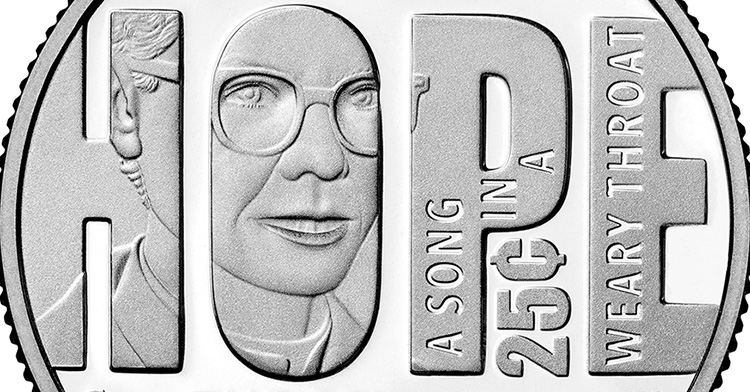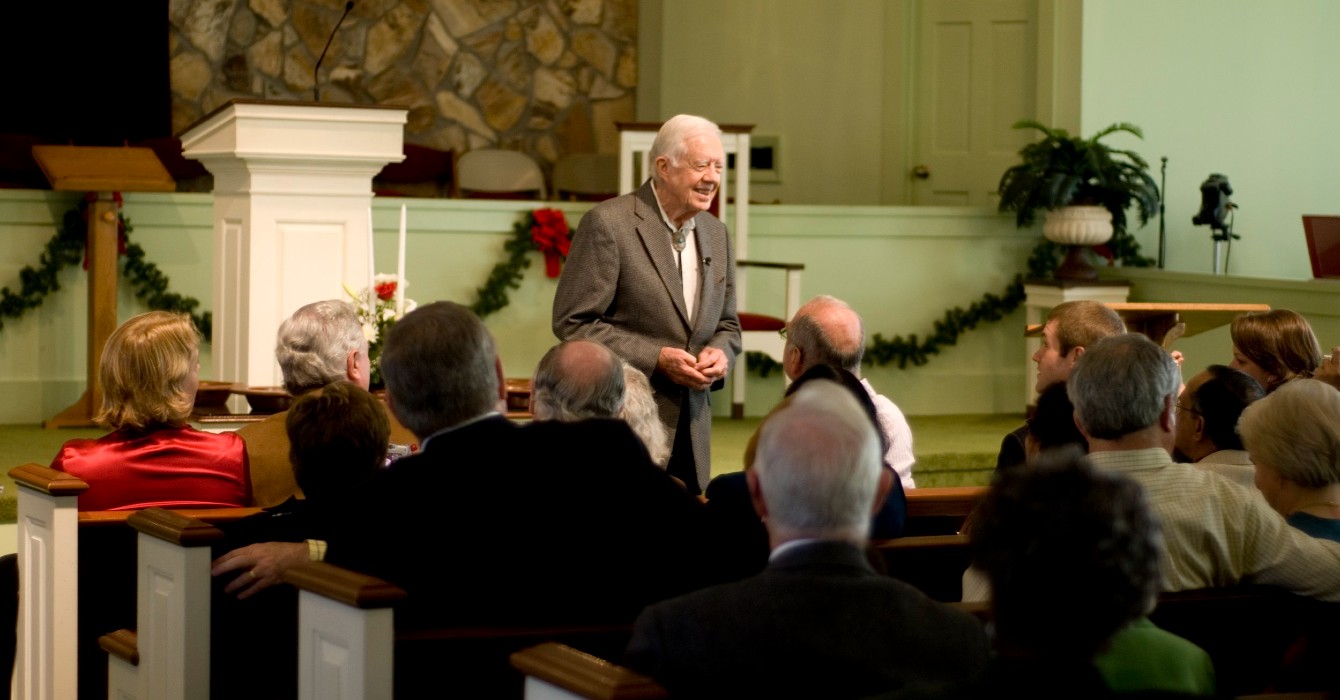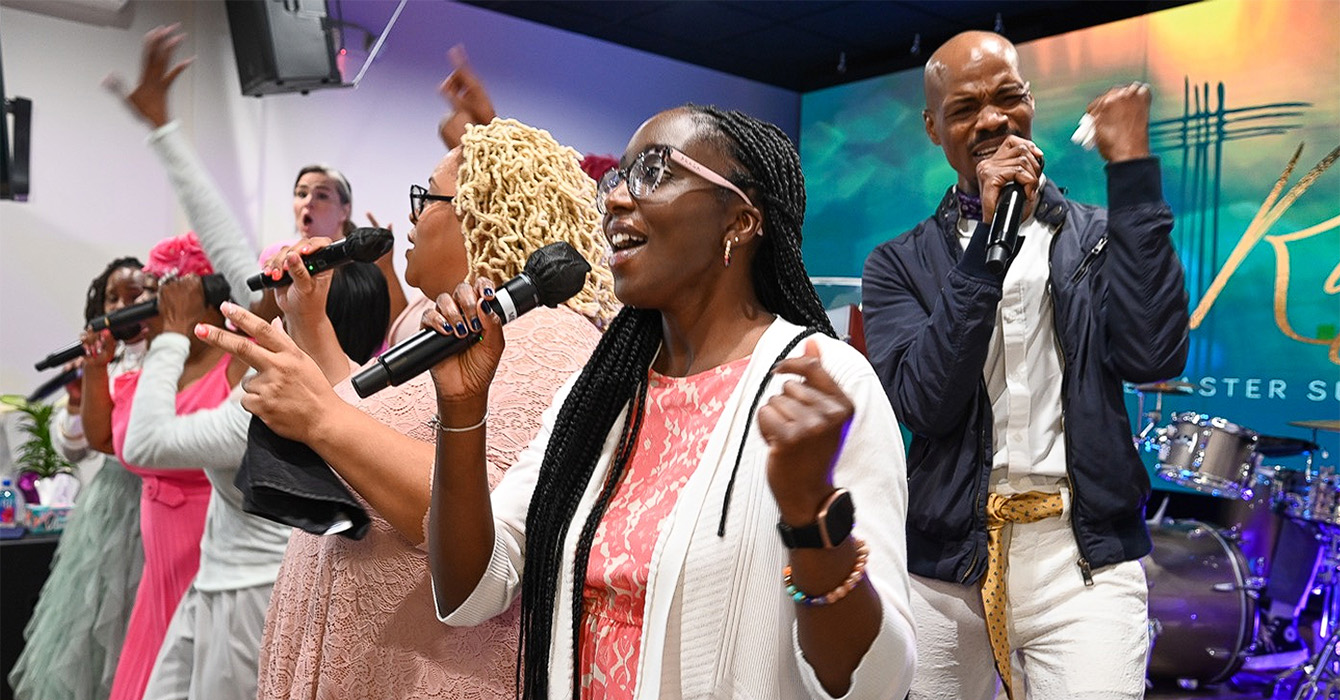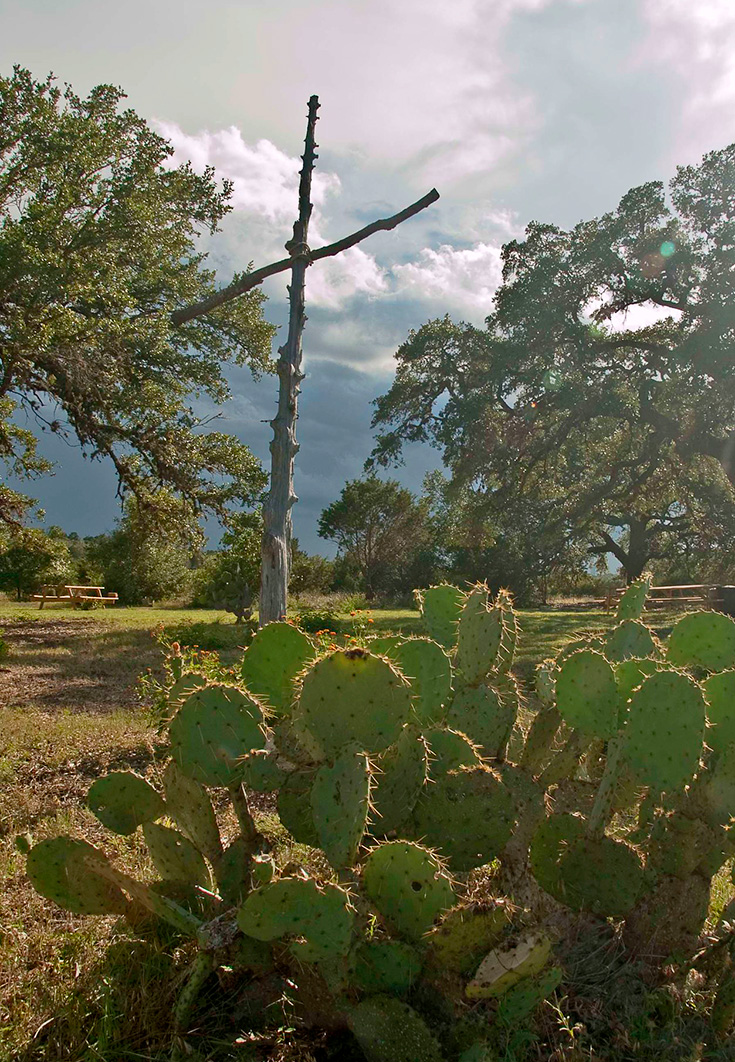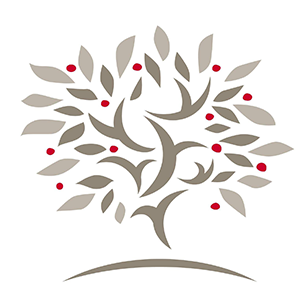Scientific research has often destroyed the trust of the black community in the U.S. From the surgical experiments of “father of gynecology” J. Marion Sims on black women without anesthesia to the Tuskegee experiment, history includes terrible examples of researchers abusing the black community.
Wondering how this history might affect black Protestant views on science, Cleve Tinsley IV partnered with Elaine Howard Ecklund and Pamela J. Prickett to study congregations in Houston and Chicago.
Tinsley found several categories of narration in the congregations he spoke to. For some, there was indeed conflict or separation between faith and science, but some also provided space for collaboration between the two, with increased involvement of black scholars and interaction between the two communities.
 Tinsley earned his Ph.D. from Rice University and currently works in Rice’s Religion and Public Life Program as a visiting research fellow.
Tinsley earned his Ph.D. from Rice University and currently works in Rice’s Religion and Public Life Program as a visiting research fellow.
He spoke about the study and his larger research on black religious expression with Faith & Leadership’s Chris Karnadi. The following is an edited transcript.
Faith & Leadership: Tell me a little about yourself. I know you graduated recently from Rice University. What was your area of focus?
Cleve Tinsley IV: My area of research while doing my dissertation focused on African American religion more broadly. But really, I consider myself a critical theorist of religion.
My dissertation explored the relationship between religion and black freedom struggles, and it was a comparative study of black Protestants. That involved studying black Protestant views of science but also studying black Greek organizations and black activists and artists. I did that to tease out or theorize the ways in which religion has impacted identity in African American communities.
My dissertation project is a sociological study, but it’s also interdisciplinary. What I tried to do was broaden how I theorize or think about what religion is, because I think sometimes sociologists assume what it is. I tried to collect data that problematized or at least challenged or expanded views on what religion is for black Americans. So my dissertation focused on race and religion and the struggle for African American identity.
Right now, I’m a research fellow at the Religion and Public Life Program, which is where this article comes out of. I was a research fellow for about five or six years under the director, Elaine Howard Ecklund. I was hired as a graduate student to work with her as a fellow, and this was part of a larger project we were participating in. The study was called Religious Understandings of Science. It engaged a broad community, not just the black community. This article rolled out of one aspect of that research grant that we did, and I participated, and it led into this project.
F&L: Can you talk about what defining African American religion too narrowly would be?
CT: I think there are different ways of thinking about African American religion or the nature of African American religion. What I argue, at least, is you can’t begin to talk about African American religion or black religion without asking the broader question about what constitutes it as black or African American. How is African American religion different?
So without analysts giving attention to some of these fundamental questions, it’s hard to even talk about black religion in black Protestantism or black Catholicism or whatever the particular tradition.
I think a broader question for me was to think about the complex phenomenon of black experience in America and black ritual and what they do to derive meaning or understanding in communities. There have been plenty of studies on black Protestantism or on black churches, but what I want to portray is a deeper struggle that may extend beyond these institutional manifestations of what religious expression may entail.
So yes, black religion is the black church, but I’d also like to extend that picture and say it’s much more than that. There is something underneath the expressions of black Christian ritual that also applies to other cultural institutions and community. All these manifestations of black religious life are a way to argue some type of identity in a world that questions black community in general.
My project focuses on the 20th century, when black people started getting admitted into other cultural spaces, higher education, and asks what religious struggle looks like at that moment in history. In this era of black consciousness, we have to realize it’s much more expansive than what we may have thought.
F&L: How does your research of black Protestants’ views on science fit with this larger project? Can you talk about the study?
CT: My mentor and academic adviser, Dr. Elaine Howard Ecklund, invited me to participate in a project in the Religion and Public Life Program. She was engaging in an international study about the relationship between religion and science, and an understudied population is black Protestants and how they fit within this broader conversation about religion and science.
Do they perceive there to be tension? Is there conflict? Is there collaboration that can exist between them? There’s a whole literature in religion and science that talks about this, and it talks about mainly white evangelicals or white conservatives. There’s not much literature on black Protestants, and where the research does address black Protestants, it usually is just a spinoff that says they typically map onto these other white evangelical views.
Many black Christians are pretty conservative and map onto typical conservative theological views about Scripture, about scriptural interpretation of the Bible. When I first started with Dr. Ecklund on this project, we began looking at churches out in Houston, but also in Chicago, Illinois, as well. We focused mostly on black Baptist churches and interviewed about 50 or so participants for this.
F&L: So how did you conduct the study? Can you talk more about the methodology?
CT: We tried to create a study that would have meaningful comparative value. So we wanted to choose African Americans who were both high socioeconomic status (SES) and low economic status. We also tried to choose congregations that were larger and congregations that were smaller and more representative of typical black congregations.
We chose larger congregations and smaller congregations in Houston first and identified some similar ones in Chicago, and from there we chose a mix of churches that represented both high SES and low SES to find different comparative points that we might find interesting. That’s how we chose the larger sample. Then we narrowed it down based on SES, meaning level of education and higher income versus lower income.
F&L: And what were the conclusions?
CT: What we found is that class was a huge factor in black Protestant views on science, more so than race per se. We found at least three things. One, in both high SES and low SES, we found that there were conflict narratives that came out. Blacks perceived that there was a conflict between science and religion. This group that saw conflict perceived scientists as being against religion or that the scientific method itself was not amenable to faith perspectives. This sense of tension was mostly seen among lower SES or lower educated African Americans, but we also found some narrations of conflict among those who were high SES as well. Not as many, but some.
Then we also found in both sites that there was some of what we framed as independence narratives, where folks say, “Well, there are two different domains. Science and religion are two different ways of investigating reality.” A lot of our respondents in low SES frame faith as a lived reality, and so the scientific research trying to make our experience fit within these narratives of scientific investigation doesn’t work.
The third finding was that there was collaboration between science and religion. They really can work together, especially as it relates to medicine. This was among both high and low SES. For this group, there is a reality that progress in science has helped persons of faith with different issues of health. There were churches who had exercise classes or had training around dietary restrictions. Now, the difference here is most of the folks who narrated this were blacks in high SES congregations, so education played a higher factor.
But surprisingly, we didn’t find many people narrating distrust in science as it relates to past medical or research harm that we thought we might because of the Tuskegee experiment or other historical instances where researchers have come in to gather data with no regard for the community. We found more narratives about there’s a distrust of researchers, but not necessarily because of the instances in history that you would think it was, but there’s distrust because we think that you’re up to something.
F&L: How can Christian leaders learn from this study?
CT: It’s an interesting question, because I also graduated from Princeton Seminary and am an ordained minister myself. If I think as a clergy member, one item of interest is we found that many people in leadership and laity are really interested in learning more or having more collaborative engagement with scientific research. Whether it’s with the university or schools, congregations are interested in having this collaboration more often.
I think where academic communities can be helpful to congregations and to pastors is to create opportunities and forums for congregations to engage with research and grow trust. The scientific community needs to learn how these two spheres of religion and science can interact.
There are a lot of ways that collaboration can happen, and a more informed congregation, and as a result, we could provide a more robust type of spiritual community where folks talk about issues of health and science.
I think the challenge comes from how do we establish this partnership with communities that may distrust scientists or scientific investigation in general. I think that’s where it comes to more contact and collaboration among academics or scientists who are already part of these marginalized communities, and how we can have a shared type of investment and be co-creators of collaboration when one institution might not be aligned with the other.



